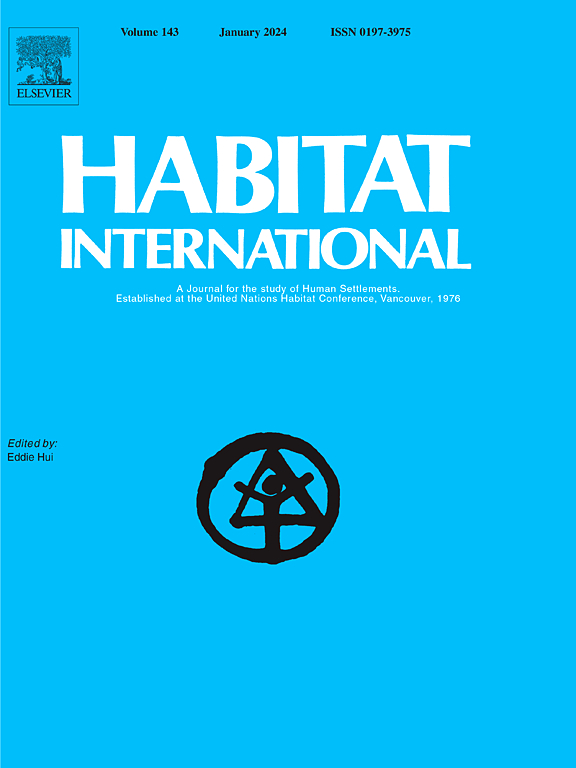Farmers' responses to market demand and influencing factors in vegetable production bases around Beijing
IF 6.5
1区 经济学
Q1 DEVELOPMENT STUDIES
引用次数: 0
Abstract
The external vegetable production bases in the areas surrounding Beijing City are the important food supply sources for the city, which are of great importance for the industrial development of the regional agriculture and rural revitalization. The purpose of this study on these vegetable production bases and the nearby rural households is to provide reference for the synergistic development of urban and rural areas in the new development period, for the model of the external production base in the areas surrounding Beijing City and for the improvement of the rural household behavior response. Based on the meta-coupling framework of food systems, this study used data envelopment analysis (DEA) to measure the efficiency of farmland utilization. It then established an indicator system to evaluate the responsiveness of farmland use to demand (RFUD). A multidimensional analysis of demand responses was conducted, and the influencing factors of these responses were explored using a multiple linear regression model. The evaluation results indicated that the RFUD of the interviewed rural households was generally at a moderate level, characterized by a “pyramidal” distribution, with a relatively high proportion of low to moderate response levels and a low proportion of high response levels. Different types of rural households showed distinct patterns of RFUD in their land use behavior. Rural households with a high proportion of agricultural income, located in mountainous areas, and operating under a jointly managed base model tended to have a higher level of RFUD. The rural households of different livelihood types showed the most significant differences in farmland function transition (FT) and operational efficiency (EF). In contrast, households from different types of regions exhibited notable variations in structure adjustment capability (SA). Meanwhile, the factor substitution capability (FS) varied greatly among farming households operating under different production models. The establishment of cooperation with vegetable production bases, the driving capacity of these bases, and the production services available to farmers can significantly enhance their responsiveness to demand. Additionally, farmers' education level and understanding of agricultural market information positively influence their response to market demand, while the migration of agricultural labor to non-farm jobs negatively affects it. Based on these findings, it is essential to strengthen agricultural technology training and guidance for farmers in vegetable production base areas. This would help low-RFUD households improve the quality and efficiency of their land use, enabling them to better align their land use practices with market demand.
求助全文
约1分钟内获得全文
求助全文
来源期刊

Habitat International
Multiple-
CiteScore
10.50
自引率
10.30%
发文量
151
审稿时长
38 days
期刊介绍:
Habitat International is dedicated to the study of urban and rural human settlements: their planning, design, production and management. Its main focus is on urbanisation in its broadest sense in the developing world. However, increasingly the interrelationships and linkages between cities and towns in the developing and developed worlds are becoming apparent and solutions to the problems that result are urgently required. The economic, social, technological and political systems of the world are intertwined and changes in one region almost always affect other regions.
 求助内容:
求助内容: 应助结果提醒方式:
应助结果提醒方式:


